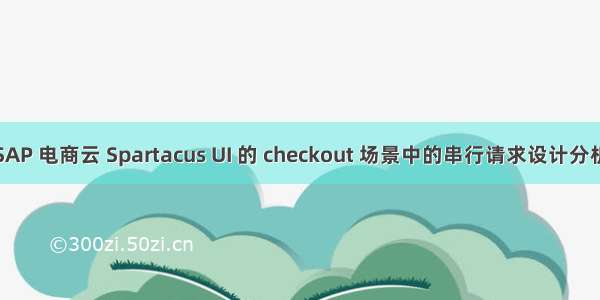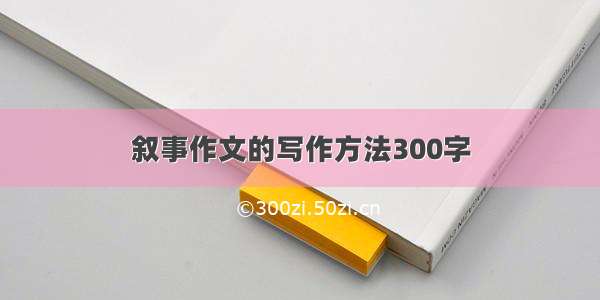
1 distraction-free checkout
如何移除 checkout 页面的 footer 和 header
方法1 - 把 checkout CMS page 的header 和 footer slot 删除即可
可以直接在 Backoffice 或者 SmartEdit 里手动删除,也可以创建 Impex 删除。这样 Hybris Re-initialize 的时候,这些 Impex 脚本可以重用。
所有的 checkout 页面,包括 shipping address,delivery mode 等页面,都需要删除。
这个步骤做完之后,我们仍然能够在左上角,看到一个 Hi XXX 的字段:
这个字段位于一个名叫 SiteLogin 的 content slot 内,该 slot 包含了一个 cx-login component.
注意,这个内容信息并非来自 Commerce Cloud CMS 后台,而是属于 Spartacus Static Configuration 的一部分。
这个 static 配置定义在 Spartacus 代码这个位置:
现在我们需要把这个静态配置移到 CMS Component 里。
(1) 在 SiteLogin slot 添加类型为 flexType 的 CMSFlexComponent:LoginComponent.
给包括 checkout pages 在内的所有页面都添加这个 Component assignment 关系。
(2) 对于 PreHeader slot 和 HamburgerMenuComponent 重复上述的操作。
pages besides the checkout pages.
(3) 从 SpartacusConfigurationModule. 中删除 static 配置,即 …defaultCmsContentProviders 相关代码。
方法2 - 复写页面模板 MultiStepCheckoutSummaryPageTemplate 的 header 和 footer section
使用如下代码将这两个区域设置为 [] 即可:
provideConfig({layoutSlots: {MultiStepCheckoutSummaryPageTemplate: {header: {slots: [],},footer: {slots: [],},},},} as LayoutConfig),
这种简单粗暴的方法,使我们失去了在 CMS 里控制页面布局的可能性。有一种折中的方案,即使用另一种 content slot 集合。
provideConfig({layoutSlots: {MultiStepCheckoutSummaryPageTemplate: {header: {slots: [‘CheckoutHeader’],},footer: {slots: [‘CheckoutFooter’],},},},} as LayoutConfig),
开发 header
ng g m spartacus/my-storefront
$ ng g c spartacus/my-storefront --export
$ ng g m spartacus/my-storefront/my-desktop-header
$ ng g c spartacus/my-storefront/my-desktop-header --export
使用 MyStorefrontComponent 扩展 StorefrontComponent
把后者的 .html 文件里的内容全部拷贝到前者的 .html 文件里。
将 StorefrontComponentModule import 区域的值拷贝到 MyStorefrontModule.
@NgModule({imports: [CommonModule,RouterModule,GlobalMessageComponentModule,OutletModule,OutletRefModule,PageLayoutModule,PageSlotModule,KeyboardFocusModule,SkipLinkModule,MyDesktopHeaderModule,],declarations: [MyStorefrontComponent],exports: [MyStorefrontComponent],})export class MyStorefrontModule {}
以上是 my-storefront.module.ts 的值。
然后将 MyStorefrontModule 导入 AppModule. 将 ponent.html 文件里的 cx-storefront 替换成 app-my-storefront.
既然现在我们对 app-my-storefront 有 100% 的控制权了,就可以随意修改其 html 文件里的内容了。
<ng-template [cxOutlet]=”StorefrontOutlets.STOREFRONT” cxPageTemplateStyle><ng-template cxOutlet=”cx-header”><headercxSkipLink=”cx-header”[cxFocus]=”{disableMouseFocus: true }”[class.is-expanded]=”isExpanded$ | async”(keydown.escape)=”collapseMenu()”(click)=”collapseMenuIfClickOutside($event)”><app-my-desktop-header></app-my-desktop-header></header><cx-page-slot position=”BottomHeaderSlot”></cx-page-slot><cx-global-messagearia-atomic=”true”aria-live=”assertive”></cx-global-message></ng-template><main cxSkipLink=”cx-main” [cxFocus]=”{disableMouseFocus: true }”><router-outlet></router-outlet></main><ng-template cxOutlet=”cx-footer”><footer cxSkipLink=”cx-footer” [cxFocus]=”{disableMouseFocus: true }”><cx-page-layout section=”footer”></cx-page-layout></footer></ng-template></ng-template>
我们仍然期望我们 header 区域的某些部分可以在 CMS 里被编辑,比如 links 和 navigation bar.
因此我们在这些位置,放置 cx-page-slot component.
这个 slot Component 的作用是,渲染在 CMS 里被分配给某个 slot 的 Component.
<div class=”top-header py-2”><div class=”container”><div class=”row justify-content-between align-items-center”><cx-page-slot position=”SiteLinks”></cx-page-slot><div>Download our application. <a><u>Find out more</u></a></div><cx-page-slotclass=”d-flex align-items-center”position=”SiteContext”></cx-page-slot></div></div></div><div class=”container”><div class=”row justify-content-between align-items-center”><cx-generic-link [url]=”’/’”><img src=”assets/logo.png” /></cxgeneric-link><cx-page-slot position=”NavigationBar”></cx-page-slot><cx-searchbox></cx-searchbox><div class=”header-icons”><cx-generic-link [url]=”{cxRoute: ‘login’ } | cxUrl”><cx-icon [cxIcon]=”’USER’”></cx-icon></cx-generic-link><cx-generic-link [url]=”{cxRoute: ‘wishlist’ } | cxUrl”><cx-icon [cxIcon]=”’EMPTY_HEART’”></cx-icon></cx-generic-link><cx-mini-cart></cx-mini-cart></div></div></div>
以上是文件 my-desktop–ponent.html 的内容。
为了让这个模板能够工作,我们需要在 MyDesktopHeaderModule 里导入一些 dependencies.
@NgModule({imports: [CommonModule,GenericLinkModule,SearchBoxModule,PageSlotModule,MiniCartModule,IconModule,UrlModule,],declarations: [MyDesktopHeaderComponent],exports: [MyDesktopHeaderComponent],})export class MyHeaderModule {}
一切完成后,新的 header 区域如下图所示:
这是因为新的 header structure 同默认的 Spartacus style 不匹配。
修改 styles.scss 的值:
//change the default font@import url(“/css?family=Raleway:100,300,400,500,700,900&display=swap&subset=latin-ext”);$font-family-base: “Raleway”, sans-serif;$styleVersion: 4.2;// remove default styles for the header section and some components$skipComponentStyles: (header, cx-mini-cart);@import “~@spartacus/styles/index”;// define color variables:root {--cx-color-secondary: #f1f2f3;--cx-color-primary: #43464e;}















